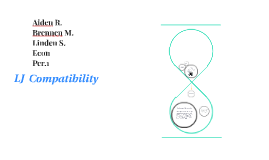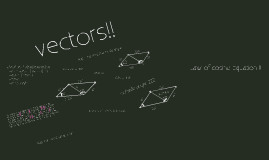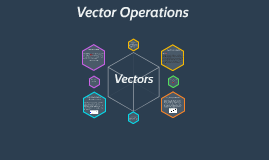BUSINESS PLAN PRESENTATION TEMPLATE
Transcript: NET PROFITS to make the children have fun while learning LET'S TALK ABOUT I make at least X10 on each of our investments. A summer school MOTHER-TONGUE TEACHERS Business @ GOBETTI-VOLTA PLAN NAME and address: Batnae municipium in Anthemusia conditum Macedonum manu priscorum ab Euphrate flumine brevi spatio disparatur, refertum mercatoribus opulentis, ubi annua sollemnitate prope An investor will have to check your competitive environment before investing. Do not hide it from competitors. SWOT WHO WE NAME: HAPPY KIDS Strapline: Happy Kids learn English in the summer Elevator Pitch: An innovative summer school for young children using the facilities of Gobetti-Volta, especially the new pool. Send letters,emails, texts to parents I MARKET I HAPPY Strengths: Need for an English summer school in the area Weaknesses: Recruiting expert mother-tongue teachers with innovative, dynamic, energetic teaching skills Opportunities: Possibility of using existing facilities Threats: Some outdoor activities could not be safe for young children ELIZABETH PAULS COMPETITION FINANCIAL Fees I SUMMARY I to set up a summer school of English for young children to use the facilities of Gobetti-Volta A summer school of English for young children ANALYSIS U.S.P summary ARE " I IRENE SIMPS PRODUCT MANAGER to adopt the "splash and speak" approach Batnae municipium in Anthemusia conditum Macedonum manu priscorum ab Euphrate flumine brevi spatio disparatur, refertum mercatoribus opulentis, ubi annua sollemnitate prope I for young children Arrange free open week at Gobetti-Volta, with prizes aims MARKETING HAPPY EVERY WEEK DAY I radio advertisements, local TV commercials 15% outdoor activities in English ELEVATOR Sponsors of children's items DEVELOPER STRATEGY Business I Competitor analysis: Humpty Dumpty school (Fiesole) Jack and Jill Summer school (Settignano) The Witch and the Wizard (Sorgane) happy kids I Enter here the history of your fundraising, what you plan to lift today, and under what conditions. I I KIDS 15% I EXPLAIN YOUR STRATEGY KIDS Batnae municipium in Anthemusia conditum Macedonum manu priscorum ab Euphrate flumine brevi spatio disparatur, refertum mercatoribus opulentis, ubi annua sollemnitate prope WELCOME OUR BUSINESS 70% Happy Kids @ Gobetti-Volta, Bagno a Ripoli during the summer Business RESEARCH MARKETING MANAGER NEEDS PITCH Leo SMITH Personal Savings H APPY KIDS LEARN ENGLISH YOUR FINANCIAL have fun and learn English I Great demand for English Residential area with lots of young children Few opportunities for parents to find interesting activities for children in summer Possibility of using Gobetti-Volta grounds and pool A minimum of 25 children paying fees for the various clubs, including : traditional tuition, fun&games, speak&splash, lunch & laughter. Other special treats in the pool: snakes &ladders , hide 'n seek, treasure hunt " TEMPLATE BY CONTENT BY JEREMIE BERREBI http://www.berrebi.org/2012/01/17/guide-how-to-present-your-startups-pitch-deck/ http://www.prezmaker.com

















